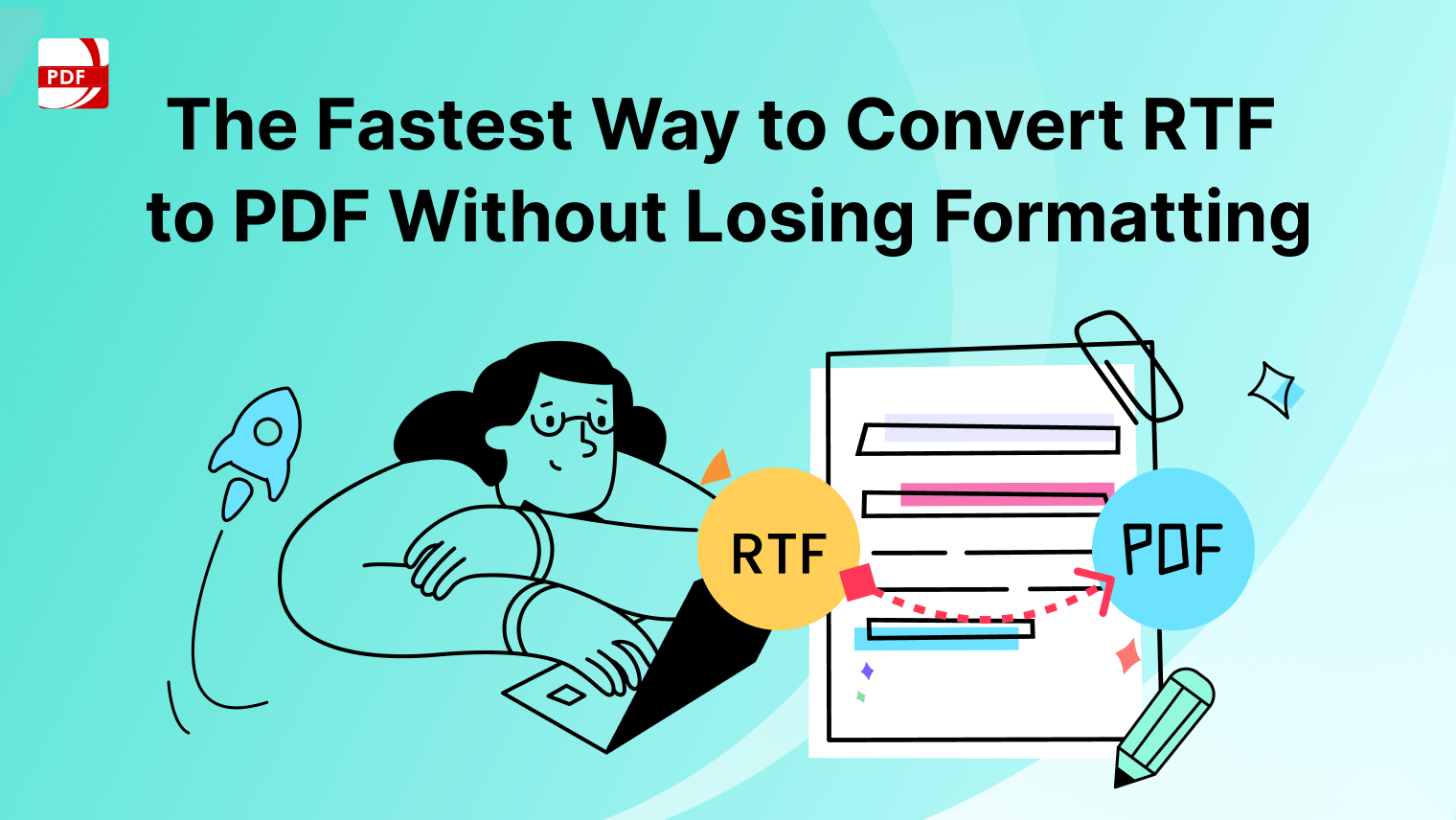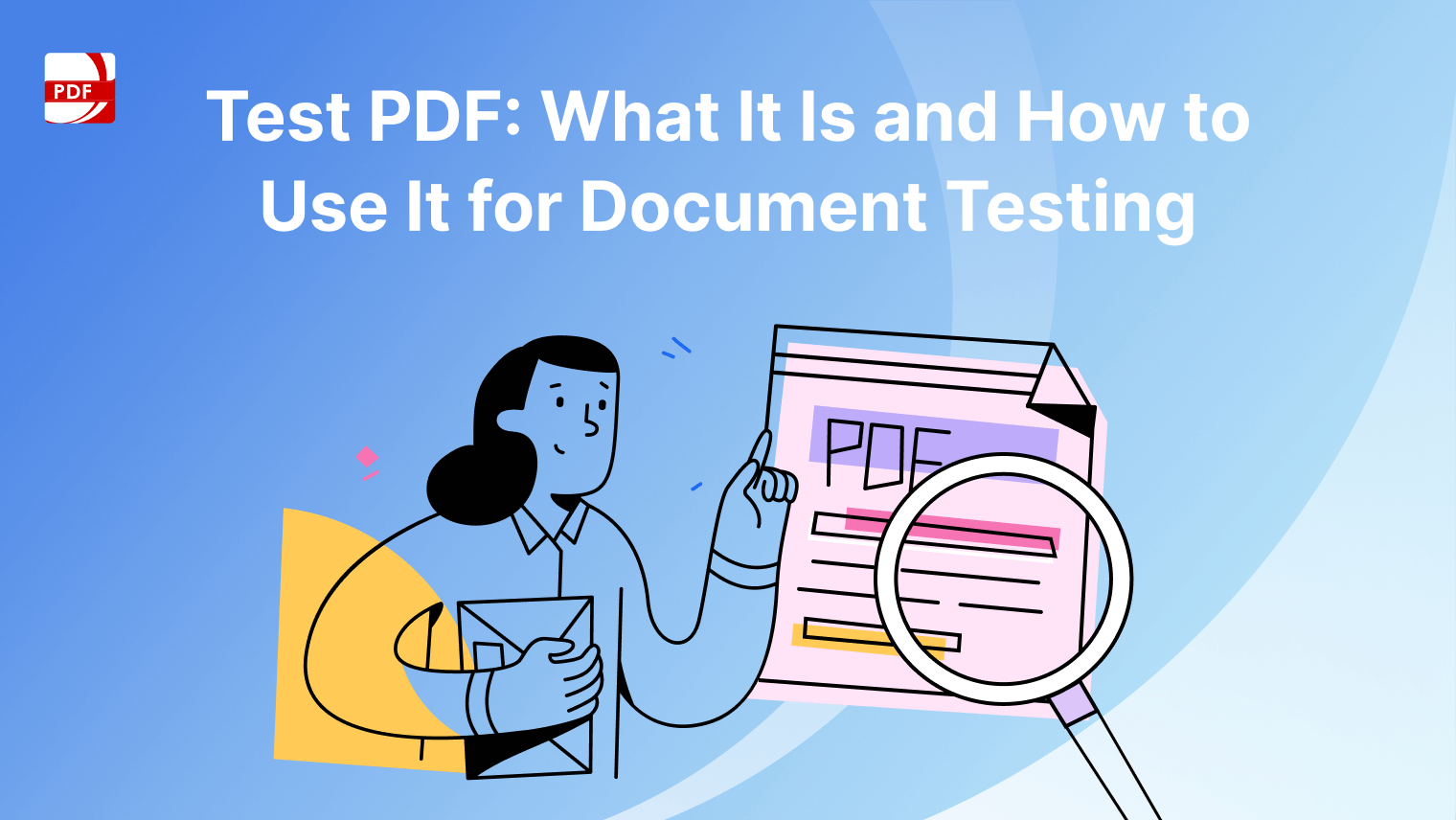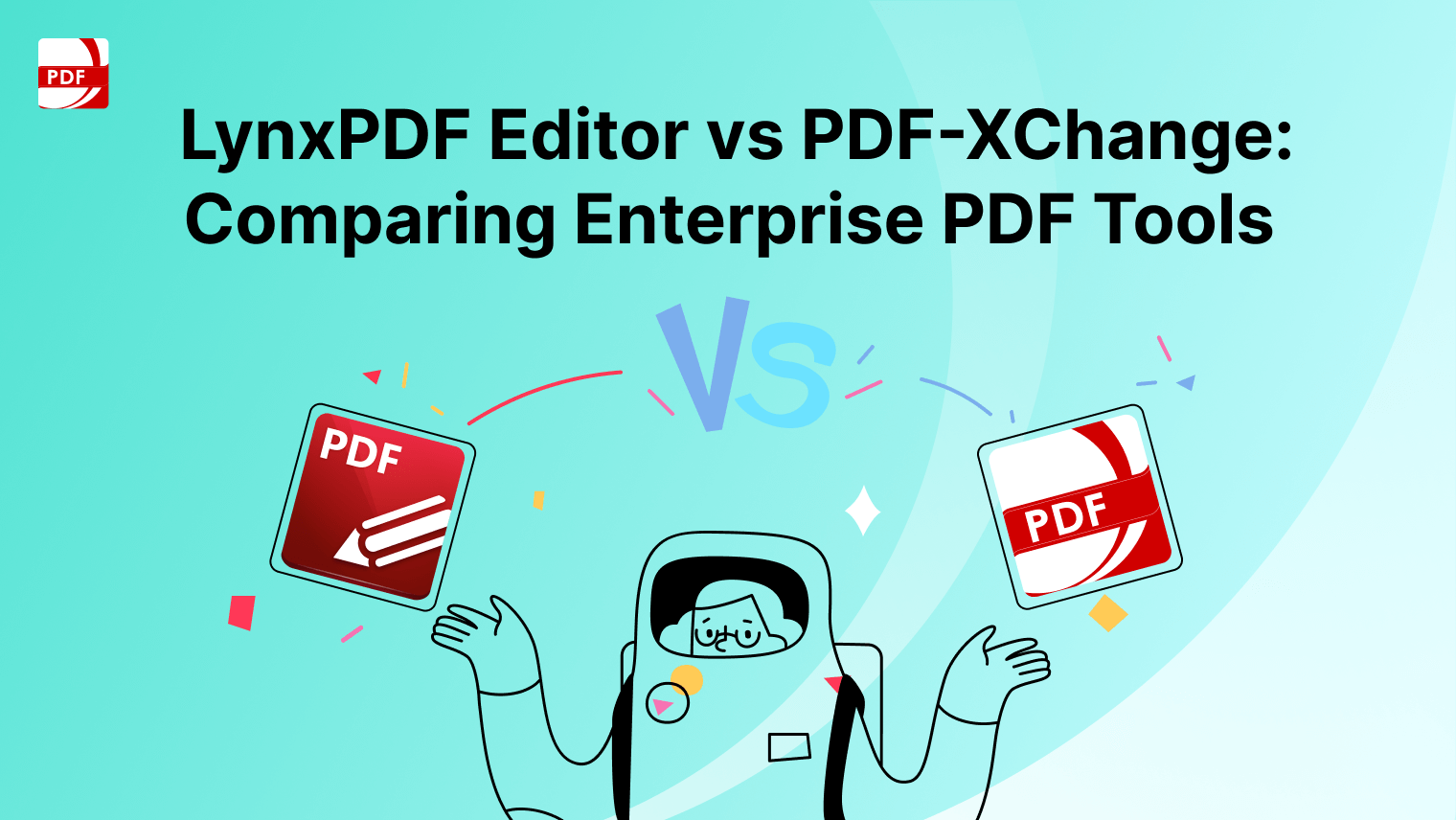Creating a business plan for a restaurant is a critical step in turning your culinary dream into a reality.
It serves as a roadmap for your business's future and is essential for attracting investors and lenders.
Here's a step-by-step guide to crafting a comprehensive business plan for your restaurant.
- How To Write A Restaurant Business Plan
- Utilize a Restaurant Proposal PDF Template
- How To Write A Restaurant Business Plan: Best Practices
- How To Write A Restaurant Business Plan: FAQ
How To Write A Restaurant Business Plan
Starting a restaurant is a dream for many, but turning this dream into a successful reality requires more than just culinary talent and enthusiasm.
It necessitates a well-thought-out business plan that lays the foundation for the successful launch and growth of your culinary venture. A restaurant business plan acts as a blueprint guiding you through the various aspects of your business, from conceptualization to day-to-day operations.
1. Crafting the Executive Summary: Outlining Your Restaurant's Vision
Begin with an executive summary that provides a clear and compelling snapshot of your restaurant. This section should concisely outline your restaurant's concept, cuisine type, unique selling points, and overall vision, setting the stage for the detailed plan that follows.
2. Detailed Company Description: Defining Your Restaurant's Identity
In this section, delve into the specifics of your restaurant. Describe the business structure, location, backstory, and the dining experience you aim to offer. This part of the plan should paint a vivid picture of your restaurant’s identity and how it fits into the target market.
3. In-Depth Market Analysis: Understanding Your Competitive Landscape
A thorough market analysis is crucial. This section involves identifying your target customers, analyzing local demographics, and studying competitors. It's about positioning your restaurant within the local dining scene and understanding industry trends that support your business model.
This restaurant Jikook went on their little date night gives so much ideal marriage proposal vibes 🥺🥺 maybe it's the flowers arch arrangements makes it look very romantic pic.twitter.com/JDjDOBTJgf
— Maria⁷ FACE ❤️🔥 GOLDEN🐥🐰 no.1 BB Hot100 artist (@Jikook713w) August 19, 2023
4. Designing the Menu: Heart of Your Restaurant
The menu is a vital component of your restaurant. Present a sample menu complete with pricing and discuss how it meets the preferences of your target market. Highlight the quality of ingredients and any unique offerings, such as organic or locally sourced food.
5. Marketing and Sales Strategies: Attracting and Retaining Customers
Detail your strategies for marketing and sales. This should encompass social media campaigns, local partnerships, promotions, and loyalty programs. Discuss pricing strategies and how you plan to ensure a consistent flow of customers.
6. Introducing the Management Team: Backbone of Your Restaurant
Introduce the key players in your restaurant, including management, chefs, and other essential staff. Highlight their experiences, skills, and the roles they play in the success of your restaurant.
7. Operational Plan: Managing Day-to-Day Activities
Describe the everyday operations of your restaurant. This section should cover supplier relationships, equipment needs, staffing, and other operational aspects. It’s about showcasing how you plan to maintain high-quality food and service.
With our cable cars, restaurants, and shops, Powell Street is a gateway to Union Square and visited by people from all over the world. The proposal with @AaronPeskin will help transform the streets and sidewalks and fill empty storefronts. https://t.co/AEsSkrWlkv pic.twitter.com/S62sw8BMT1
— London Breed (@LondonBreed) May 16, 2023
8. Financial Projections: Mapping Out Financial Future
Provide detailed financial projections for the first three to five years. Include startup costs, break-even analysis, and projected profit and loss. This section is crucial for investors and should be realistic and well-explained.
9. Funding Request: Securing Necessary Capital
If seeking funding, specify the amount needed and its intended use. Detail the type of funding you're looking for and the expected terms, providing clarity for potential investors or lenders.
10. Conclusion: Emphasizing the Dynamic Nature of Your Business Plan
Conclude by reiterating that your business plan is not static but will evolve with your restaurant. Emphasize that it’s both a tool for attracting investors and a guiding document for your journey as a restaurant owner.
Utilize a Restaurant Proposal PDF Template
When embarking on the journey of writing a business plan for your restaurant, PDF Reader Pro offers a valuable tool: the "Restaurant Proposal PDF Template."
This template is designed to streamline the process of creating a comprehensive and professional business plan.
Why Use the Template?
-
Structured Format: The template provides a pre-structured format, ensuring that you cover all essential aspects of a business plan, from the executive summary to financial projections.
-
Time-Saving: With a ready-made layout, you save significant time that would otherwise be spent on formatting and organizing information.
-
Professional Appearance: The template is designed to look professional, which is crucial when presenting your plan to potential investors or lenders.
-
Customizable: While the template offers a standard structure, it is fully customizable to fit the unique aspects of your restaurant concept.
How To Write A Restaurant Business Plan: Best Practices
Writing a restaurant business plan is a critical step in ensuring the success and sustainability of your restaurant.
Here are best practices to consider, incorporating various key aspects of the restaurant industry:
-
Clarify Your Restaurant Concept: Clearly define your restaurant concept, including the type of restaurant, service style, and the overall theme. This will be the guiding star for all other elements of your business plan.
-
Craft a Compelling Mission Statement: Your mission statement should reflect the core values and ethos of your restaurant. It serves as an anchor, not just for your team, but also for potential investors to understand what drives your business.
-
Identify Your Target Customer: Understanding your target market is crucial. Demographics, dining preferences, and spending habits of your target customers should influence your menu design, marketing strategies, and overall service approach.
-
Design a Sample Menu: A well-thought-out sample menu is essential. It gives potential investors and other stakeholders a taste of what to expect. Ensure that your menu items are aligned with your restaurant concept and appeal to your target market.
-
Develop a Strong Marketing Strategy: Your marketing strategy should be designed to attract your target customer. This could include social media campaigns, local partnerships, or unique promotions that align with your restaurant ideas.
-
Include Detailed Financial Projections: A realistic financial plan, including a profit and loss statement, is vital. It should cover initial investment costs, expected revenue, and other financial projections. This demonstrates to potential investors and business owners that you have a solid understanding of the financial workings of a restaurant.
-
Describe Your Management Team: A skilled management team can greatly influence the success of a restaurant. Highlight the experience and strengths of your team members, showing how they will contribute to running a successful restaurant.
-
Consider Location and Logistics: Factors like foot traffic and square footage are critical. The location of your restaurant should reflect the preferences of your target market and support your operational needs.
-
Review Successful Restaurant Models: Analyze case studies or examples of successful restaurants. Understand what worked for them and how you can incorporate those learnings into your own plan.
-
Be Clear About Your Service Style: Whether it’s fine dining, fast-casual, or a café, your chosen service style should be clear and consistent throughout your business plan. It influences many aspects, from staffing needs to kitchen layout.
-
Stay Flexible and Adaptable: The restaurant industry is dynamic. Your restaurant business plan should not only serve as a blueprint but also as a flexible guide that can adapt to changes in the market or customer preferences.
By following these best practices, your restaurant business plan will be well-positioned to capture the essence of your restaurant idea, appeal to your target market, and attract the right investors, setting the stage for a successful restaurant venture.
How To Write A Restaurant Business Plan: FAQ
What Should Be Included in a Financial Analysis for a Restaurant Business Plan?
A comprehensive financial analysis in a restaurant business plan should include detailed financial statements projecting profits, losses, and cash flow for at least the first three to five years. It should also encompass a detailed cost analysis, budget for start-up expenses, and break-even analysis.
How Do I Identify Potential Customers in My Restaurant Business Plan?
Identifying potential customers involves a thorough market analysis. Consider factors like demographics, economic conditions, and dining preferences in your target area. Understanding these aspects helps in tailoring your business model to meet the needs of your customer base.
What Is the Importance of a Market and Industry Analysis in a Restaurant Business Plan?
Market and industry analyses are crucial for understanding market conditions and economic trends. This information helps in strategizing your business approach, including pricing, restaurant design, and marketing plan, to align with current and forecasted industry dynamics.
How Should I Structure the Company Description in a Restaurant Business Plan?
The company description should include details about your restaurant's legal structure, location, the type of food you plan to serve, and the overall concept. It should also outline your vision for customer experiences and any unique aspects that set your restaurant apart.
Can I Use Restaurant Business Plan Samples or Templates?
Yes, using restaurant business plan samples or templates can be beneficial. They provide a structured outline and can serve as a guide to ensure you cover all necessary components of a solid restaurant business plan, including location analysis and customer service policies.
How Do I Approach Writing a Marketing Plan for My Restaurant?
When writing a marketing plan, focus on strategies that will attract your identified customer base. Collaborate with a marketing company if necessary, and detail plans for promotions, advertising, social media, and community engagement that reflect your restaurant's theme and customer preferences.
What Are the Key Elements to Consider for a Restaurant Location?
In a restaurant business plan, the location analysis should consider foot traffic, visibility, accessibility, and proximity to target customers. The location should support your restaurant’s business model and be conducive to attracting your desired customer demographic.
How Can Independent Restaurant Investors Influence My Business Plan?
If you're seeking funding from independent restaurant investors, your business plan should clearly communicate your business model, financial projections, and long-term viability. Tailor your plan to show potential investors how their contribution will lead to the success of your restaurant.
By addressing these frequently asked questions, you can create a more effective and targeted business plan, laying a strong foundation for your restaurant's success.


